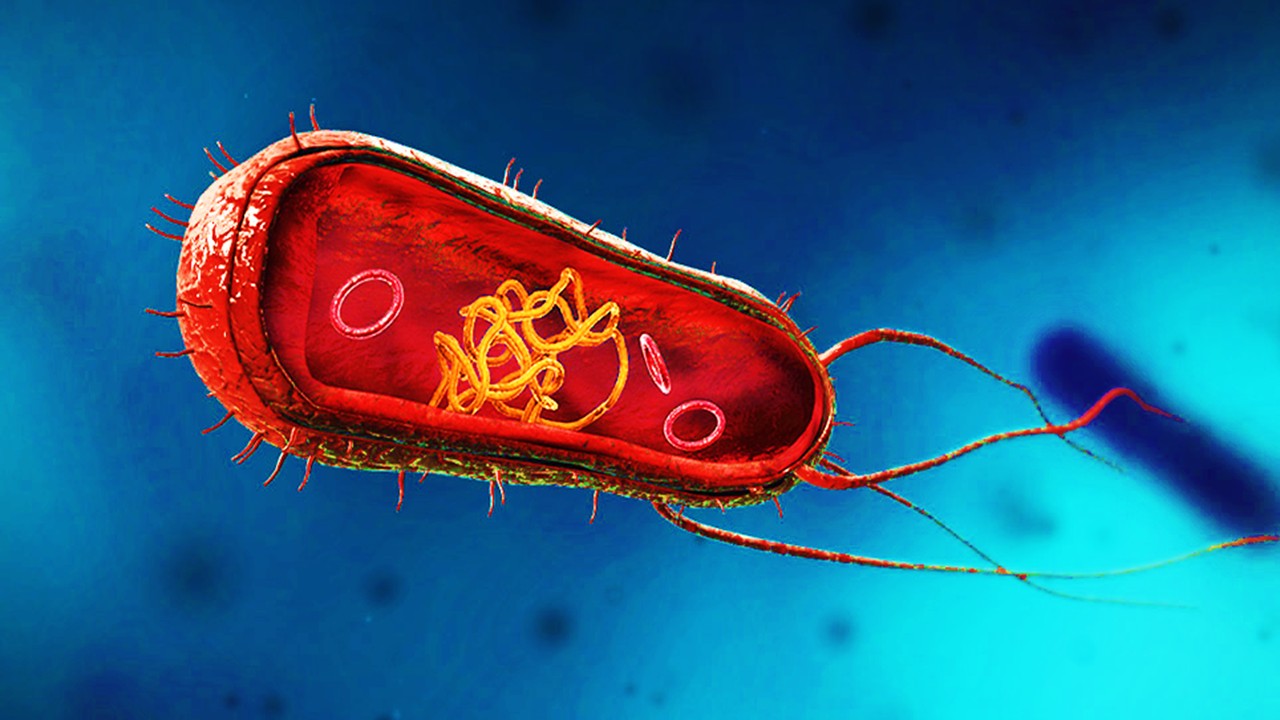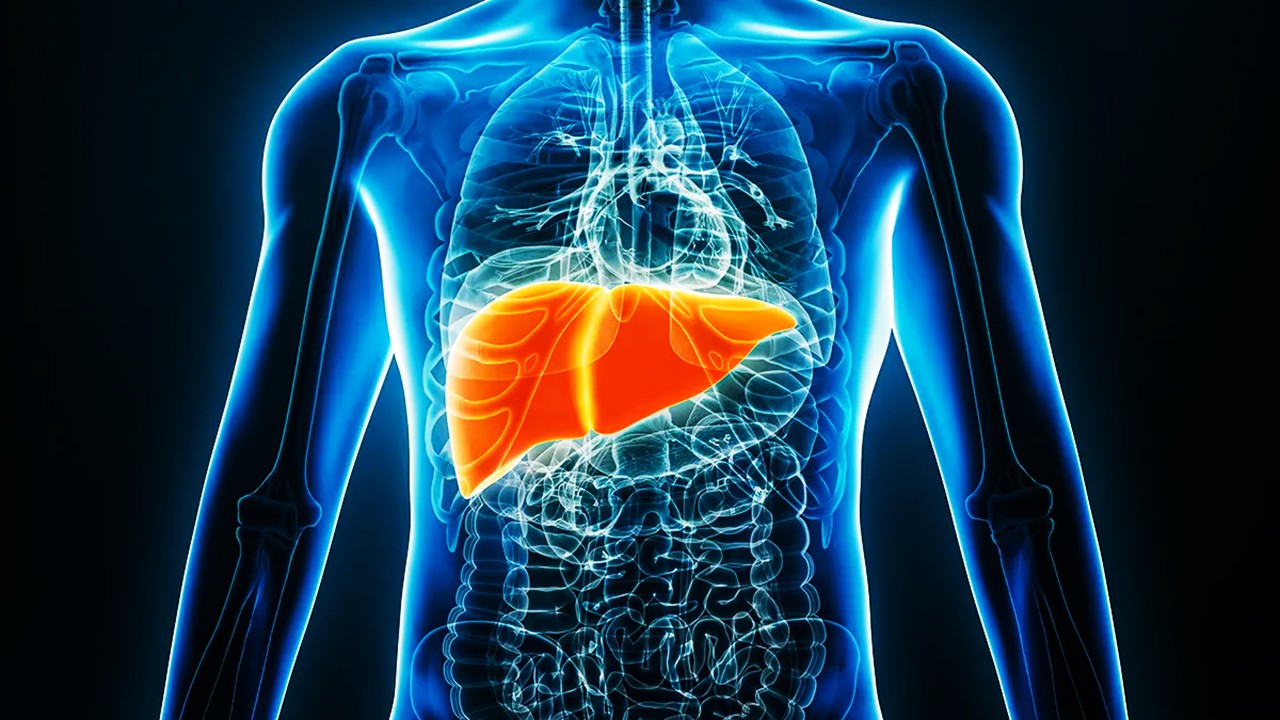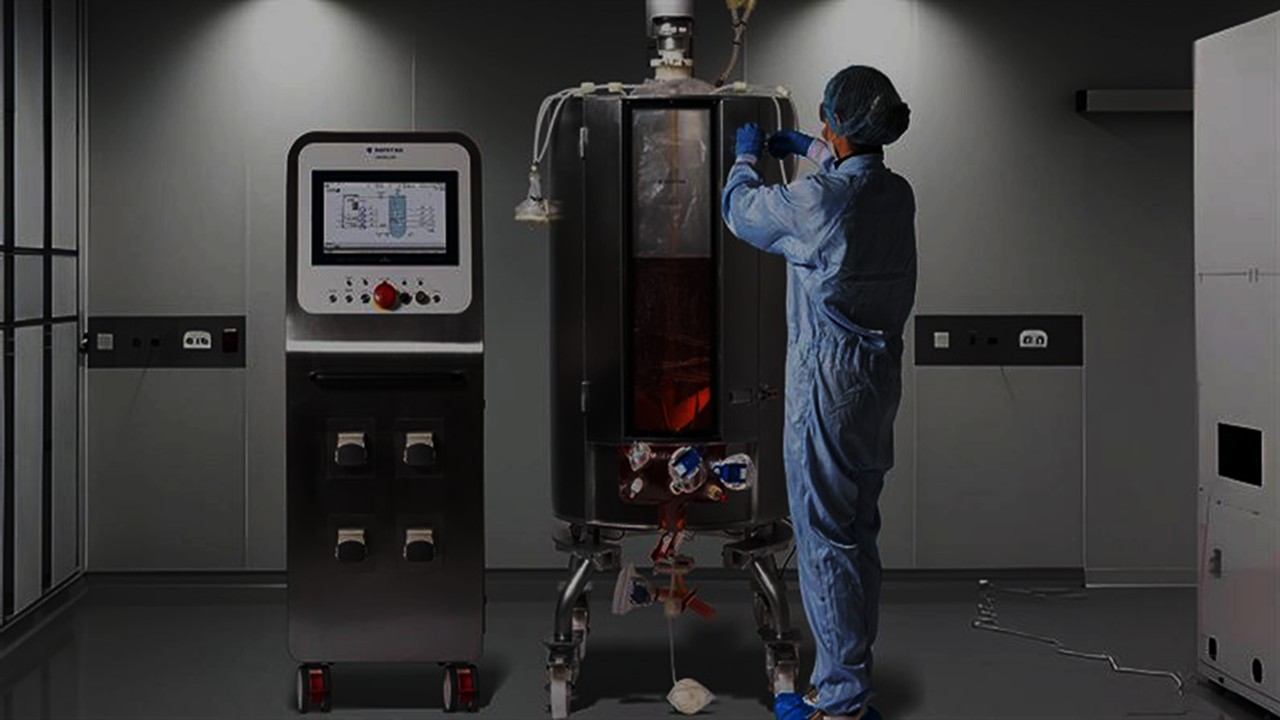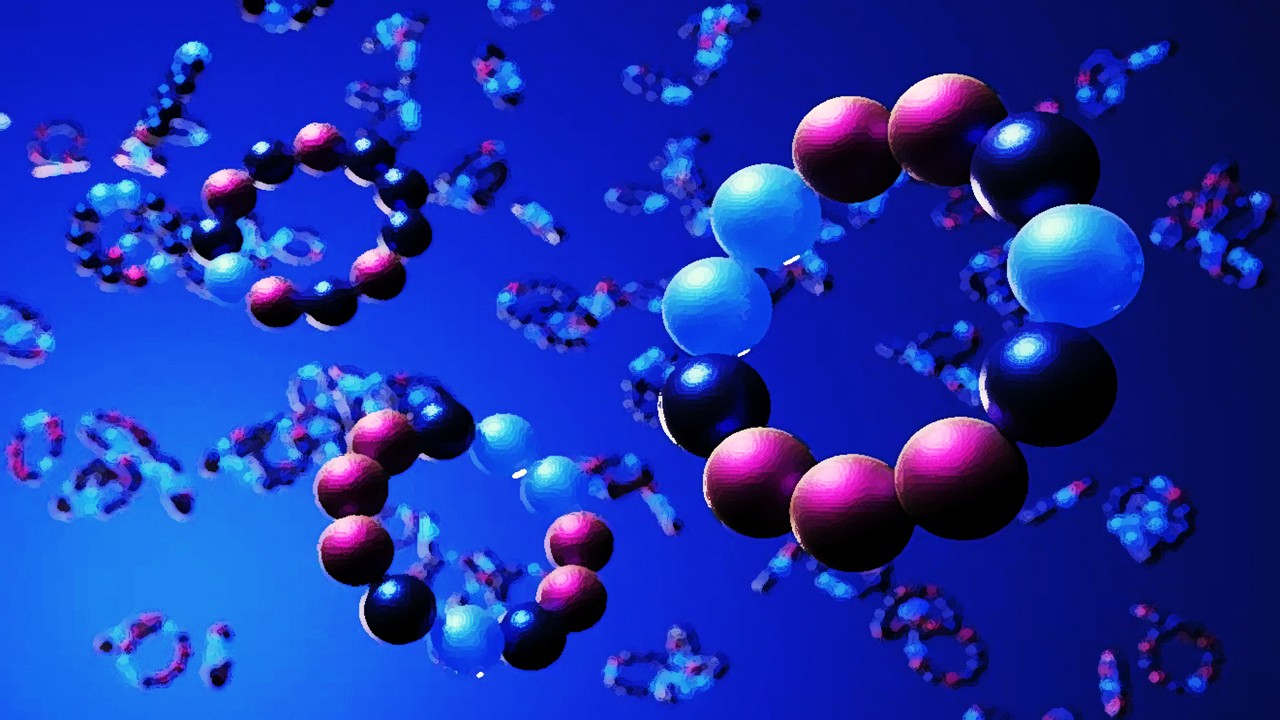An Immune System Already at War: Baseline Exposure as the Vaccine’s Co-Author
In malaria-endemic regions like Mozambique, the immune systems of children are not blank slates—they are battlegrounds already scarred by chronic parasitic exposure. When the RTS,S/AS02A vaccine enters this immunological landscape, it is not introducing a novel antigen but engaging with a partially primed, highly specific host environment. Prior infections by Plasmodium falciparum create a complex serum profile laden with IgG antibodies, particularly against conserved blood-stage and pre-erythrocytic proteins such as PfCSP, PfEXP1, and PfMSP2. This background is more than residual—it directly correlates with how the immune system responds to subsequent vaccination, amplifying responses in some cases while constraining them in others. Children with higher baseline antibody levels to PfCSP constructs, especially the NANP repeat and C-terminal regions, consistently exhibited more robust responses post-vaccination. This suggests that prior malaria exposure does not erode vaccine efficacy but instead enhances immunogenicity through antigen-specific memory B cell expansion. Far from hindering RTS,S, the pre-formed immunity seems to scaffold and direct its functional outcomes, transforming exposure from a confounder into a co-factor.
This hypothesis contradicts the long-standing assumption that repeated malaria exposure leads to immune exhaustion or anergy, thereby suppressing vaccine responsiveness. Instead, the Mozambique study reveals that high-titer IgG responses at baseline positively predict stronger antibody generation after immunization. When regression models controlled for baseline exposure using composite IgG levels to PfMSP2 and PfEXP1, the positive predictive value of pre-existing anti-PfCSP antibodies remained independently significant. Such persistence implies a mechanistic link between prior natural infection and accelerated post-vaccine affinity maturation, a rare synergism between natural immunity and subunit vaccine efficacy. In contrast, IgG to general blood-stage antigens without sequence homology to the vaccine construct had little correlation with vaccine-induced responses, emphasizing the specificity of this immune memory effect. This refined view challenges the practice of excluding highly exposed children from vaccine efficacy trials due to concerns about immune interference. Instead, exposure may be a necessary primer, particularly when the immunogen shares epitope identity with the pathogen’s circulating strains.
The RTS,S vaccine does not operate in a vacuum—it activates an immune system already fluent in the language of Plasmodium. Particularly in children over two years of age, the immune profile is shaped by repeated cycles of subclinical infection, febrile episodes, and partial resolution, producing a repertoire biased toward recognition of conserved epitopes. The vaccine’s most potent components—NANP repeats and the carboxy-terminal region of PfCSP—are identical to those seen in circulating sporozoites, allowing for immediate boosting of existing memory populations. These pre-existing clones undergo rapid expansion, supported by T follicular helper cells already conditioned by parasite antigens. Notably, this enhancement occurs despite the use of an exogenous adjuvant system, AS02A, which itself modulates innate and adaptive pathways through Toll-like receptor agonism. Thus, RTS,S succeeds not by overriding endemic immunity but by exploiting its scaffolding, transforming prior exposure from an obstacle into an asset for antigen recall and affinity maturation.
C-Terminal Secrets: Rediscovering a Neglected Epitope
The central NANP repeat of PfCSP has long monopolized attention as the immunodominant target of RTS,S-induced IgG responses, yet emerging data from the Mozambican cohort highlight a different protagonist: the PfCSP C-terminus. Though initially dismissed as subdominant and functionally obscure, antibodies to this region appear to correlate more strongly with protection against clinical malaria than their NANP counterparts. The C-term segment houses several CD4+ and CD8+ T-cell epitopes and exhibits low antigenic variability, features that make it especially attractive as a correlate of durable immunity. Importantly, IgG directed at the C-terminus demonstrated a higher degree of avidity than NANP-specific antibodies, suggesting more mature and persistent immune engagement. This observation reinforces the notion that antibody quality, not just quantity, may be critical in establishing vaccine efficacy under endemic conditions. Moreover, higher C-term antibody titers were seen in younger children, suggesting an age-linked optimization of B-cell affinity maturation within this epitope’s context. These features collectively elevate the C-terminal domain from an auxiliary component to a core determinant of RTS,S-mediated protection.
Vaccine design has long favored targets that generate robust titers over those eliciting functionally sophisticated responses, and the NANP repeat fits that paradigm well. However, protection is not simply a product of titer amplitude; it arises from a network of binding kinetics, antibody isotype, and complement engagement, areas where the C-term IgG may outperform its more abundant NANP sibling. In Mozambique, C-term-specific responses were associated with a reduced hazard of clinical malaria even after controlling for age and prior exposure, hinting at a mechanistic role rather than mere correlation. Whether through opsonic phagocytosis, complement-dependent cytotoxicity, or inhibition of sporozoite motility, C-term antibodies appear to perform with disproportionately high functional leverage. This nuance is especially important given the diversity of Pf strains circulating in sub-Saharan Africa, as the C-terminal region remains relatively conserved across variants. As a result, enhancing the immunogenicity of this segment—perhaps via construct redesign or improved adjuvantation—may yield more broadly protective second-generation vaccines.
Further support for C-term relevance emerges from studies in younger infants vaccinated with the related RTS,S/AS01E formulation, where the strength of C-term responses correlated with vaccine efficacy over longer follow-up periods. These findings suggest that the C-term may offer not only immediate protection but also immunological durability, a quality notably lacking in the transient NANP responses. Intriguingly, functional assays demonstrated that high-avidity anti-C-term antibodies are more effective at triggering FcγR-dependent cellular responses, a key mechanism for early parasite clearance in the liver. This stands in contrast to NANP antibodies, which mainly act through neutralization and fixation, mechanisms prone to evasion by antigenic drift. Given these insights, the design emphasis may shift toward eliciting fewer but more functionally potent antibody populations—favoring depth of immunity over breadth of coverage. Such a strategic pivot could represent a generational inflection point in malaria vaccine engineering.
Immunity by Collateral: The Curious Rise of Off-Target Antibodies
One of the most striking findings in the Mozambique trial was the consistent increase in IgG titers to Plasmodium antigens not included in the RTS,S vaccine construct. These “off-target” proteins—PfMSP5, PfRh4.2, PfRh5, and PfMSP1 Block 2—elicited detectable rises in antibody levels post-vaccination, especially in children with prior exposure to these antigens. At first glance, this appears paradoxical; how does a vaccine directed solely at pre-erythrocytic PfCSP provoke immunity against blood-stage antigens? The answer may lie in cross-reactivity or immune system generalization, where B cells with prior low-affinity interactions are drawn into germinal centers by antigen presentation, leading to broader specificity. Another possibility is that subclinical infection at the time of vaccination generates a concurrent antigen load, with the adjuvanted vaccine providing a systemic immune activation signal that lifts all boats. Importantly, these off-target responses were not mere immunological artifacts—they correlated with reduced malaria incidence, pointing toward functional relevance. Thus, the immune system’s “collateral damage” turns out to be an unexpected line of defense.
Off-target antibody responses raise profound questions about the nature of immune memory and its plasticity under conditions of polyclonal stimulation. Traditional vaccine theory assumes linear, antigen-specific recall, but RTS,S data suggest a more systemic reprogramming of the humoral landscape. In Mozambique, the strongest off-target responses involved PfMSP1 Bl2 and PfMSP5, both known to participate in erythrocyte invasion and previously identified as protective in naturally immune individuals. Their emergence following a liver-stage vaccine implies either a co-activation mechanism or structural mimicry between PfCSP domains and these blood-stage proteins. Experimental models in mice and non-human primates have shown similar off-target reactivities after exposure to multivalent or adjuvanted vaccines, often involving B-cell receptor cross-linking at low affinity thresholds. The RTS,S results extend this concept to a human, pathogen-specific context, revealing a broader and more complex vaccine response network than previously appreciated.
Beyond academic curiosity, off-target responses may have practical implications for vaccine strategy in high-transmission settings. If RTS,S can indirectly boost immunity to blood-stage antigens, it may confer partial protection across multiple life-cycle phases, enhancing efficacy without increasing antigenic load. This would be particularly advantageous in resource-limited settings where multi-component vaccines face logistical and regulatory hurdles. Moreover, the correlation between off-target IgG titers and protection suggests that future vaccine efficacy trials might benefit from multiplex seroprofiling, incorporating broader immune markers beyond the immediate target. These findings also suggest a potential for hybrid vaccine strategies—combining PfCSP constructs with blood-stage antigens like PfRh5 or PfMSP5 to generate a more holistic immune response. In this model, off-target responses are not immunological noise but adaptive recalibrations, guiding us toward more inclusive and durable forms of immunity.
Age, Avidity, and the Asymmetry of Response
The Mozambique data reveal a clear age gradient in vaccine response, where children under 24 months consistently mount more robust IgG titers to both NANP and C-terminal PfCSP regions compared to their older counterparts. This finding is counterintuitive when viewed through the lens of cumulative exposure, as older children are more likely to have encountered the parasite and should theoretically exhibit stronger secondary responses. However, this overlooks the fact that immune architecture evolves with age, with older children exhibiting greater regulatory control and tolerance mechanisms that may dampen vaccine responsiveness. The younger immune system, while less experienced, is also more permissive—its germinal centers more plastic, its B-cell repertoire more diversified, and its helper T-cell responses less inhibited. In effect, younger children are immunological open canvases, more readily primed for high-avidity, epitope-specific responses by subunit vaccines like RTS,S. This biological plasticity may explain not just higher titers but also greater binding strength, especially for antibodies targeting structurally conserved yet subdominant regions like the PfCSP C-terminus. The age-associated decline in magnitude and avidity suggests a need to tailor immunization schedules based on immunological window, rather than merely logistical convenience.
The diminished response in older children is not merely a statistical quirk but may reflect deeper alterations in immune network behavior due to repeated malaria exposure. Chronic infection is known to induce a host of tolerogenic pathways, including expansion of regulatory T cells, upregulation of PD-1 on effector T cells, and B-cell exhaustion—all of which collectively impair antigen presentation and clonal expansion. These mechanisms, once adaptive to minimize immunopathology during repeated infection, now blunt the stimulatory effects of RTS,S, especially in the absence of concurrent infection to re-activate memory pools. Moreover, the immunological shift from a naïve to memory-dominated repertoire with age may lead to epitope masking or competitive exclusion within germinal centers, skewing the response away from novel vaccine-derived signals. These phenomena underscore why age must be treated not simply as a demographic variable but as a dynamic modifier of immunological potential. As such, uniform vaccine deployment without age stratification risks underestimating efficacy in older cohorts or misjudging failure in younger ones.
This age-related asymmetry offers a unique opportunity to re-evaluate vaccine scheduling and composition, especially in regions where first malaria exposure occurs within months of birth. For example, booster intervals could be optimized based on the child’s age at initial priming, using biomarkers like antibody avidity or isotype subclass distribution to guide timing. Alternatively, co-administration strategies with immunomodulators or heterologous vaccines might be used to transiently reprogram the immune environment in older children, restoring their capacity for high-avidity response. Crucially, any such strategy must consider not only the biology of PfCSP but also the evolving architecture of the immune system across developmental stages. The Mozambique findings do not imply failure in older children but instead highlight a temporal window of maximal immunogenicity—an immunological golden hour—whose exploitation could yield higher, longer-lasting vaccine efficacy. Thus, age is not just a covariate—it is a molecular determinant of vaccine performance.
Dissecting Function from Correlation: When Antibodies Do More Than Bind
The presence of antibodies post-vaccination is often mistaken as proof of protection, yet functional immunology demands a deeper interrogation: what do these antibodies actually do? In the context of RTS,S, mere seroconversion is not enough—protection correlates more reliably with functional assays such as complement fixation, opsonization, and antibody-dependent cellular cytotoxicity. The Mozambique cohort revealed that high titers of IgG to both NANP and C-terminal regions correlated with reduced malaria incidence, but these associations blurred when both constructs were included in the same survival model. This suggests functional redundancy or synergy, whereby different antibody populations target overlapping stages of the parasite lifecycle or elicit converging effector pathways. For example, NANP antibodies are known to inhibit sporozoite motility and liver cell invasion, while C-term antibodies may engage complement pathways and elicit Fc receptor binding. Together, they form a multilayered blockade, making it difficult for the parasite to bypass host defenses through antigenic drift or immune evasion.
Further complexity arises when off-target antibodies are considered. Though not induced by any epitope in the RTS,S construct, post-vaccination increases in IgG to PfMSP5 and PfMSP1 Block 2 consistently correlated with reduced malaria risk. This protective association persisted even after adjusting for baseline antibody levels and age, suggesting a functional role rather than an incidental effect. These antibodies may disrupt erythrocyte invasion, either by direct interference with ligand-receptor binding or through opsonic enhancement of phagocytic clearance. Such activity would complement the liver-stage protection conferred by anti-PfCSP antibodies, creating a sequential immune barrier from mosquito bite to blood-stage parasitemia. In this light, the protective immunity observed is not the product of a single epitope but of an immunological relay—each antibody class handing off its defensive role to the next stage-specific player.
The implication is clear: vaccine efficacy should not be judged solely by the magnitude of response to the target antigen, but by the quality and breadth of immune functionality elicited. Current RTS,S formulations may benefit from multiplexed antigen displays or engineered adjuvants that promote polyfunctional antibody responses. Moreover, functional assays should be integrated into efficacy trials, serving as mechanistic endpoints rather than post-hoc correlates. This would allow for early identification of high responders and non-responders, guiding individualized vaccine deployment in regions with variable transmission intensities. In the future, malaria vaccines may be scored not by ELISA titers alone, but by their ability to orchestrate a symphony of defensive actions across the parasite lifecycle. The Mozambique study brings us a step closer to that vision, redefining what immunogenicity means in the context of complex, multi-stage pathogens.
Toward Rational Design: Engineering the Next Generation of Malaria Vaccines
The RTS,S/AS02A trial in Mozambique is more than a data set—it is a diagnostic lens revealing the intricacies of host-pathogen-vaccine interaction in real-world conditions. These insights must now inform the design of second-generation malaria vaccines, which cannot afford to rely solely on legacy assumptions about epitope dominance or uniform adjuvant responses. The data point toward a need for strategic epitope inclusion, particularly targeting the C-terminal region of PfCSP and blood-stage proteins like PfRh5 and PfMSP5. A multistage approach—either through protein fusion, nanoparticle scaffolding, or mRNA encoding—could address the heterogeneity of immune responses and bolster both pre- and post-hepatic stage immunity. This layered strategy would also account for the immunological crosstalk observed in off-target responses, potentially engineering cross-stage synergy rather than relying on chance immunodominance. In short, rational vaccine design must become ecosystem-aware, integrating exposure history, age, and immunogen structure into a coherent development pipeline.
Beyond structural considerations, the Mozambique findings underscore the importance of vaccine timing and delivery in maximizing immunogenicity. Uniform schedules may suffice in naïve populations, but in endemic zones, a child’s serological profile offers a better guide to readiness than their birthdate. Pre-vaccination screening for PfCSP-specific IgG could identify candidates most likely to benefit from early priming or delayed boosting, personalizing protection based on immune readiness. This strategy mirrors developments in oncology and chronic infectious disease, where biomarker-guided interventions have improved outcomes through temporal targeting. Moreover, adaptive trial designs could test staggered schedules, alternative adjuvants, or prime-boost strategies in field conditions, generating real-world evidence to inform policy. The aim is no longer to create a one-size-fits-all vaccine but a flexible platform that adapts to regional immunological ecologies.
Finally, the RTS,S experience demands a shift in how we define success in vaccine development. No longer can efficacy be reduced to a single number, divorced from the serological, cellular, and ecological variables that shape immune outcomes. The Mozambican children have shown us that immunogenicity is not an absolute property but an emergent one—arising from the interaction of antigen, host history, and environmental context. Future malaria vaccines must therefore be evaluated through a multidimensional lens, integrating antibody functionality, epitope breadth, exposure history, and age-dependent maturation. This complexity does not hinder progress—it refines it, forcing precision in a field long dominated by generalities. In that sense, the RTS,S trial is not an endpoint but a foundation: a first draft of the immune atlas that future vaccines will be written upon.
Study DOI: https://doi.org/10.1038/s41541-025-01167-0
Engr. Dex Marco Tiu Guibelondo, B.Sc. Pharm, R.Ph., B.Sc. CpE
Editor-in-Chief, PharmaFEATURES

Subscribe
to get our
LATEST NEWS
Related Posts

Infectious Diseases & Vaccinology
Six Months Later: How T Cells Remember the Virus That Changed the World
NVX-CoV2373 induces durable T-cell immunity to ancestral SARS-CoV-2, but shows reduced cellular response to Omicron variants even after booster vaccination.

Infectious Diseases & Vaccinology
Tetravalent Vaccines: The Power of Multivalent E Dimers on Liposomes to Eliminate Immune Interference in Dengue
For the first time, a dengue vaccine candidate has demonstrated the elusive trifecta of broad coverage, balanced immunity, and minimal enhancement risk,
Read More Articles
Mini Organs, Major Breakthroughs: How Chemical Innovation and Organoids Are Transforming Drug Discovery
By merging chemical innovation with liver organoids and microfluidics, researchers are transforming drug discovery into a biologically precise, patient-informed, and toxicity-aware process.
Pathogenic Targeting 5.0: The Rise of RNA Therapeutics and Peptide-Based Drugs in Modern Medicine
Unlike traditional small-molecule drugs, which interact with proteins, RNA therapies modulate gene expression directly, enabling interventions at the root of disease.













